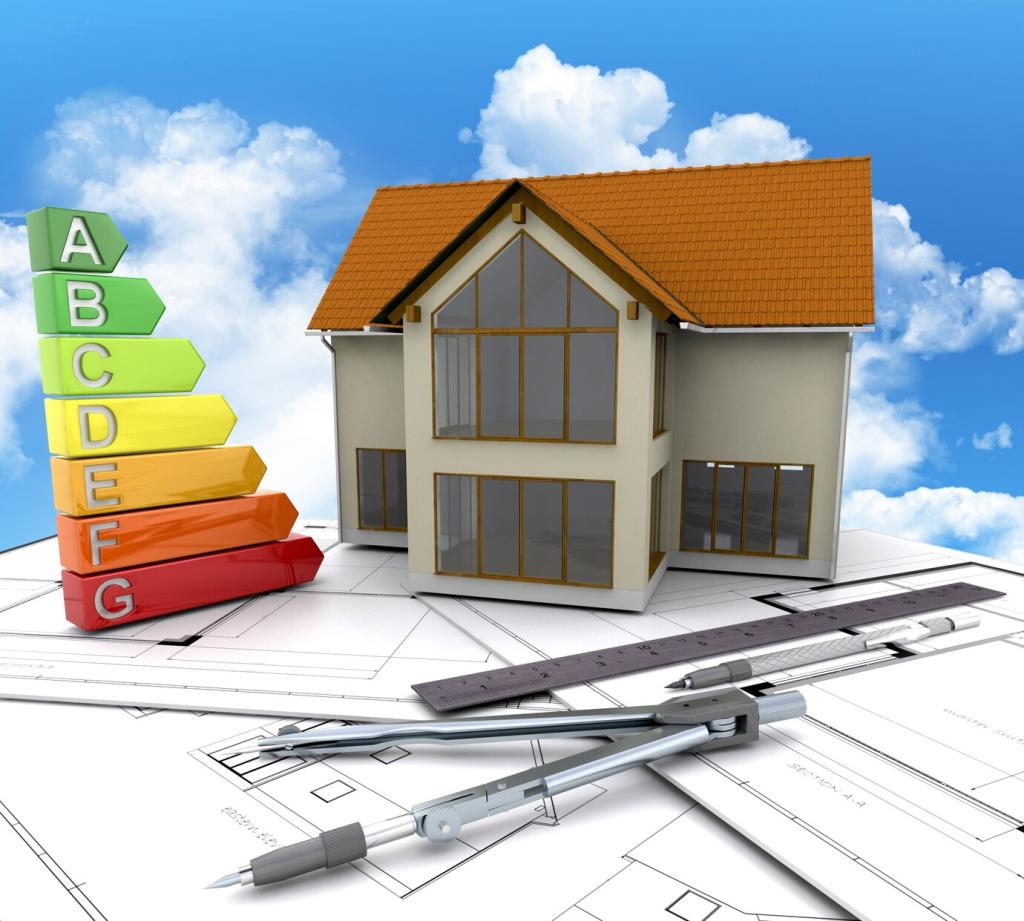Heating and Cooling: Heat Pumps for Every Climate
Inverter-driven, variable-speed compressors maintain comfort with steady, gentle output. Even in freezing temperatures, cold-climate models achieve strong performance. Look for high HSPF2 and SEER2 ratings, and pair with a tight envelope for reliable, quiet heating that rivals traditional systems.
Heating and Cooling: Heat Pumps for Every Climate
Ducted systems suit whole-home distribution when ducts are tight and well-insulated. Ductless mini-splits excel in additions, retrofits, or rooms with stubborn temperature swings. A hybrid approach often wins—zone the hardest spaces, then right-size a ducted solution for the remainder.








